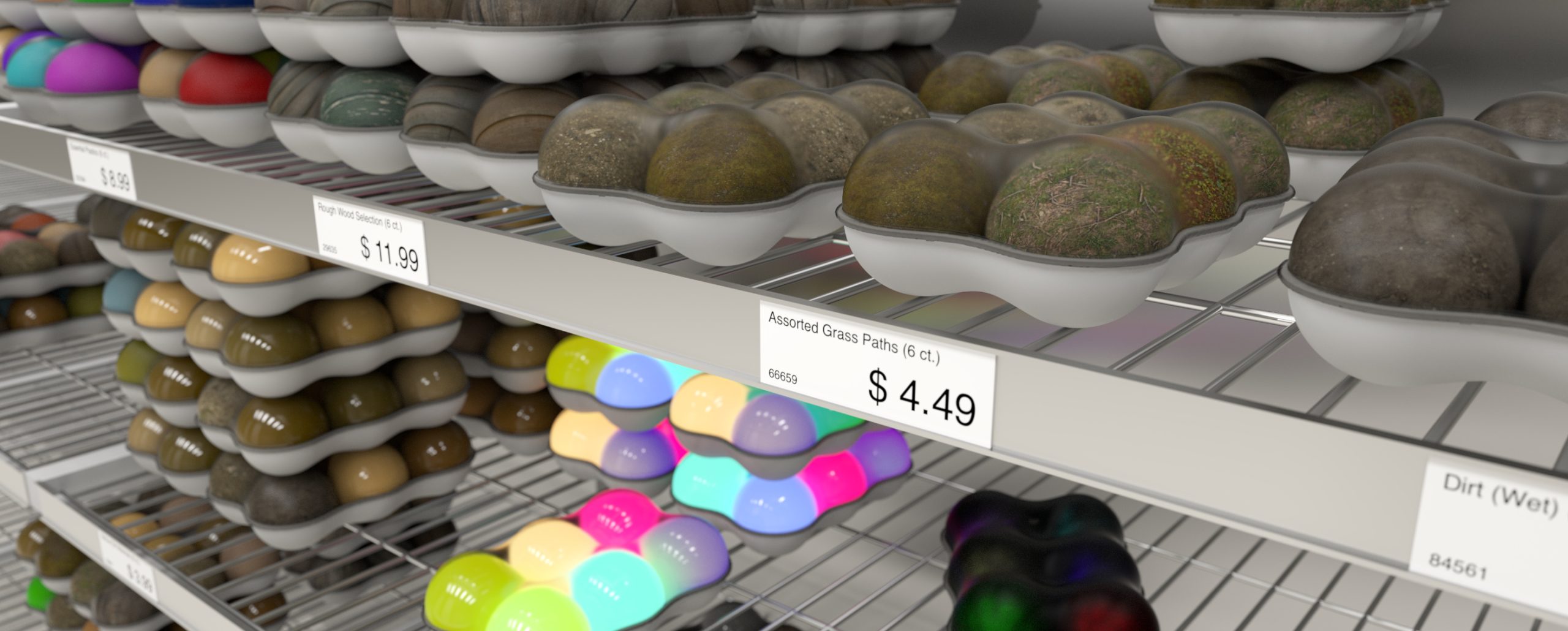Historically, when working on technical art direction for a video game, every game was different. The 2D/3D art pipeline was defined by the visual style of the game, hardware capabilities and the render pipeline, which was often built specifically for a particular game.
But if the style you need is photo-realistic, why bother creating assets just for one project? Any photo-realistic asset would match the style and with tools like Quixel Mixer, artists can even employ workflows to batch-create stylized graphics using photo-realistic input assets.
PBR is a set of paradigms for rendering near photo-realistic graphics using standardized parameters for surfaces. In combination with Photogrammetry — which is a technique to algorithmically capture 3D surfaces and models via (lots of) photos from different angles — we now have unprecedented possibilities building rich game worlds. Finally, we can crate photo-realistic assets very efficiently. And in addition, we can also use those assets anywhere we like. This is a quantum leap from the traditional approach where an artist manually builds, say, some piece of tree bark (or laburously modifies photo textures), just to have this piece of tree bark available in a single video game.
Instead of building specialized environment asset libraries for individual games, we now have the opportunity to create a global asset database that is freely interchangeable, with many tools and rendering engines supporting the same formats. If we do happen to need another tree bark asset for our project, we can just buy it somewhere. This seems to obvious now, but used to be impossible just a few years ago. It can work just like sound libraries used to work. Just with graphics.
To top this, Epic games recently showcased a first glance at UnrealEngine 5. The exciting part of this, to me, isn’t the visual fidelity, but the idea that, According to Epic, you can just throw some high-poly Scans or models into this and the Engine will process everything in real-time as required. Let’s see how this works out in practice, but these are certainly exciting times.
I think, the more we consolidate asset formats, not only in the pure file-format sense but also in the way they’re processed and rendered, the more efficient the creation of beautiful game worlds will get.
With an army of artists, it is already possible to create extremely good looking environments that can render fast on current-get game consoles.
A slow, but more significant advancement is when we improve tools that enable artists to create beautiful stuff more efficiently. There certainly are really good-looking AAA games with budgets north of a couple of hundred million dollars. But the more efficient our tools get, the more we’ll see indie games that have the same fidelity.

Leave a Reply